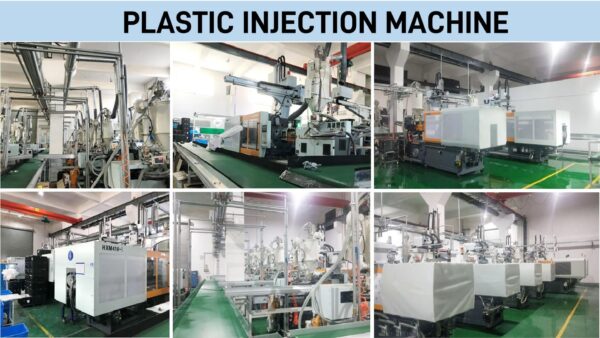Injection Molding in Vacuum Manufacturing: Forming the Foundation
Eager to understand the beginning of a vacuum's lifecycle? It all starts with injection molding.
The injection molding[^1] process in vacuum manufacturing forms the foundation of the device, utilizing heated thermoplastic sheets molded under pressure to create durable and precise plastic parts, such as vacuum cases, that are crucial for longevity and functionality.
<p align="center"> <img src="https://placehold.co/600x400" alt="Injection Molding Process"> </p>
Through cutting-edge technology and refined methods, these parts provide the necessary robustness and sophistication expected from leading vacuum brands.
From Raw Materials to Precision Parts
Intrigued by the transformation from raw thermoplastic to finished components? Here’s how it unfolds.
Injection molding begins by heating thermoplastic sheets[^2] which are then pressed into molds, creating exact shapes crucial for vacuum operation. The result is a perfectly molded piece, forming parts such as the vacuum casing and hose, ensuring durability and design consistency.
<p align="center"> <img src="https://placehold.co/600x400" alt="Molded Vacuum Parts"> </p>
This process, demanding precision and experience, lays down the high-quality standard that each manufactured vacuum meets.
The Role of Automation and CNC Machining
Wondering how consistency is achieved in mass vacuum production? Automation and CNC machining lead the charge.
Combining automation with CNC machining[^3] in injection molding allows for accurate, large-scale production. These technologies ensure each vacuum part meets strict specifications, maintaining the reliability that consumers expect.
<p align="center"> <img src="https://placehold.co/600x400" alt="CNC Machining in Molding"> </p>
Every component is scrutinized for quality, reflecting the meticulous manufacturing practices in the vacuum industry.
How Vacuum Forming Complements Injection Molding
Have you heard of vacuum forming in manufacturing? It plays a supporting role in shaping.
Vacuum forming, a process related to molding, involves heating plastic and using suction to form it over a mold. This method is often used for creating specific shapes, complementing injection molding in vacuum production with additional flexibility and precision.
<p align="center"> <img src="https://placehold.co/600x400" alt="Vacuum Forming in Manufacturing"> </p>
Together, these techniques ensure that each piece is precisely crafted, meeting both structural and aesthetic demands.
Conclusion
By understanding the intricacies of injection molding and vacuum forming[^4], one can appreciate the craftsmanship and technology that converge to create reliable vacuums, ready for daily use. From robust casings to fine components, it all depends on processes that prioritize quality and efficiency every step of the way.
[^1]: Explore this link to gain a deeper understanding of injection molding and its critical role in vacuum manufacturing. [^2]: Discover how thermoplastic sheets are essential in the injection molding process, ensuring quality and durability in vacuum parts. [^3]: Explore this link to understand how CNC machining enhances precision and efficiency in manufacturing, crucial for quality production. [^4]: Discover the advantages of vacuum forming in manufacturing, including its flexibility and precision, which complement other molding techniques.
